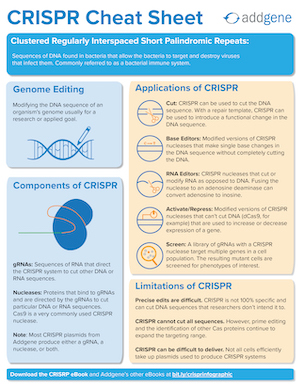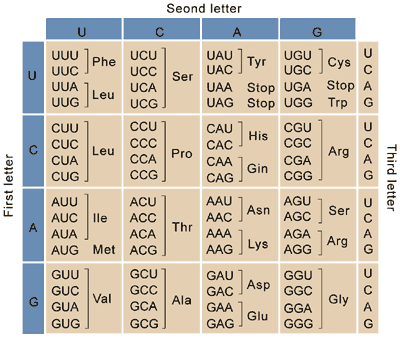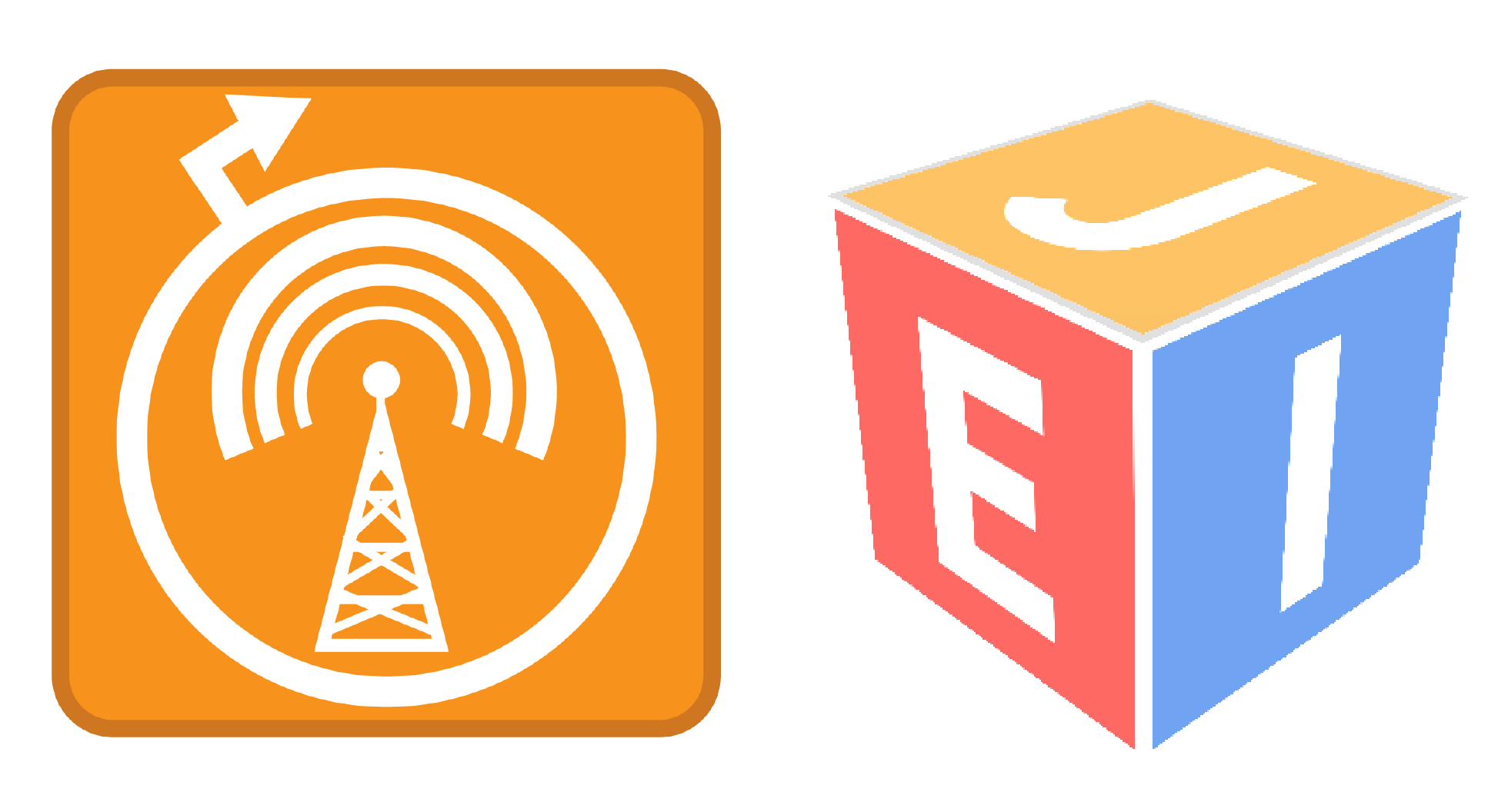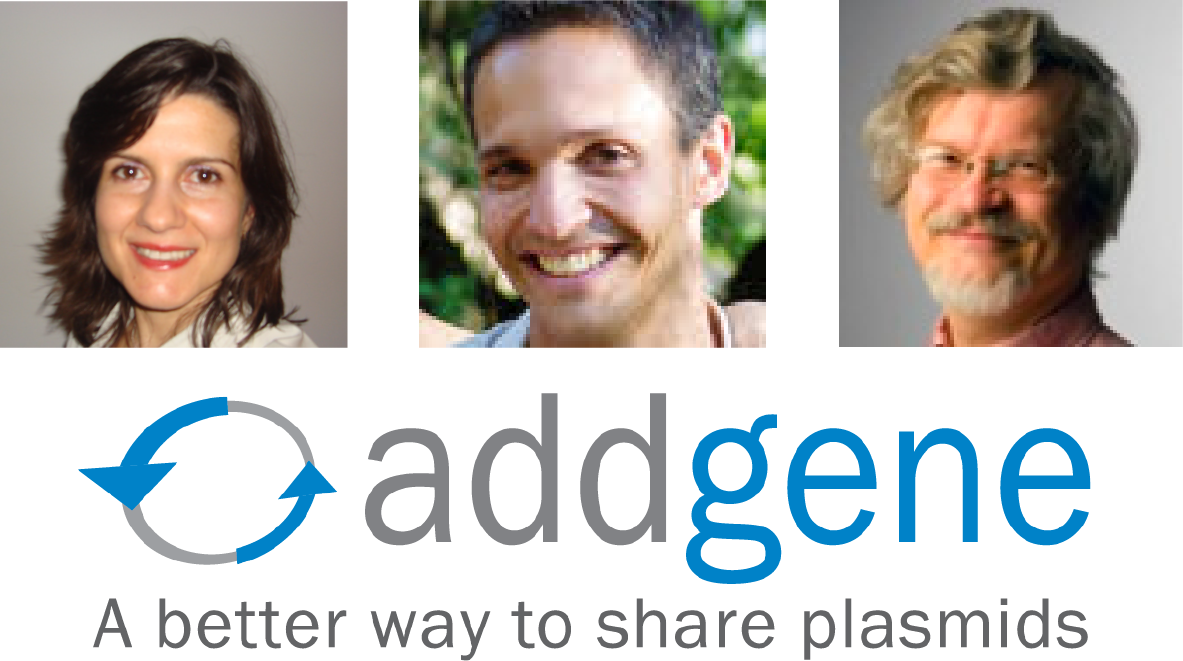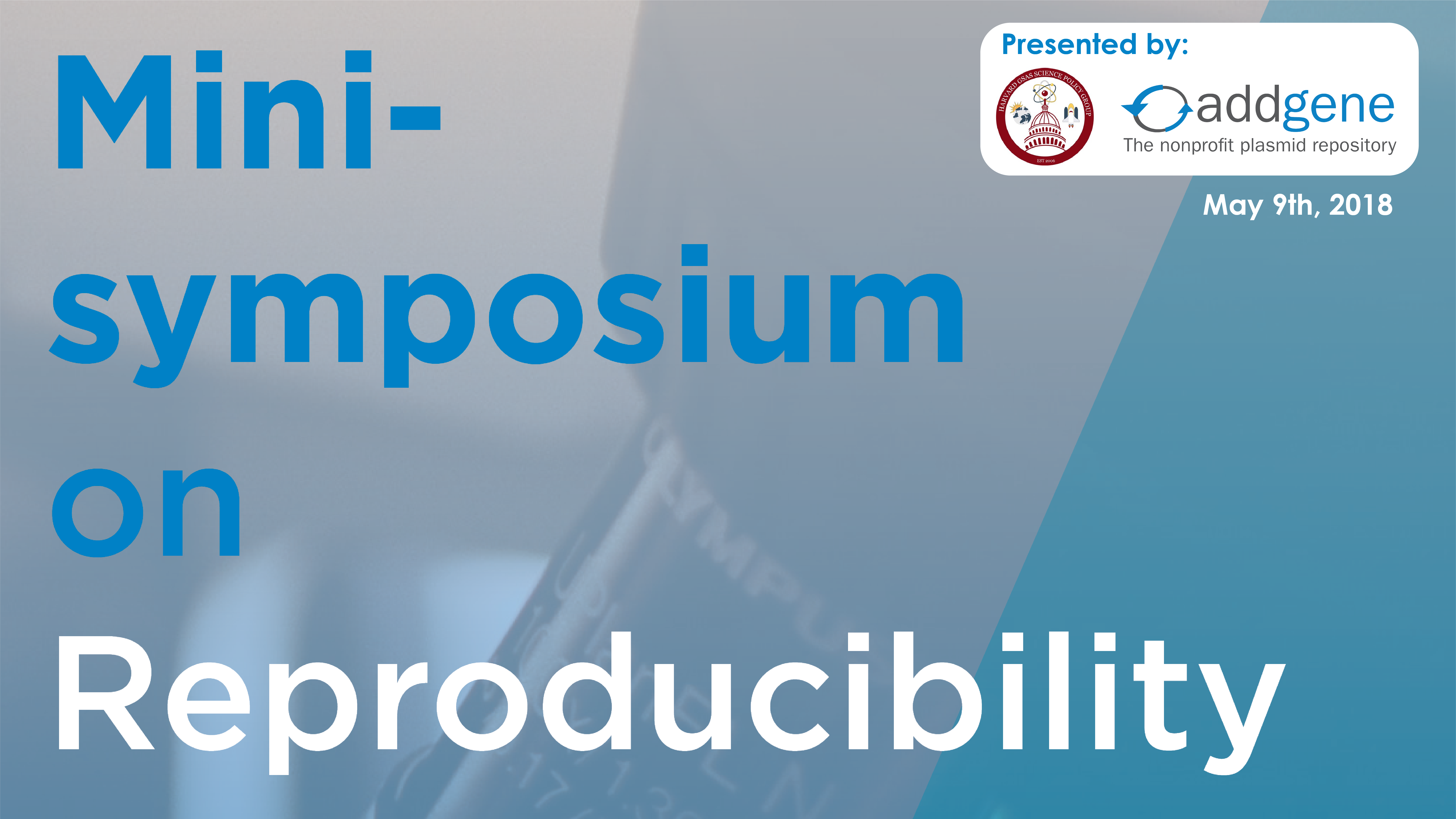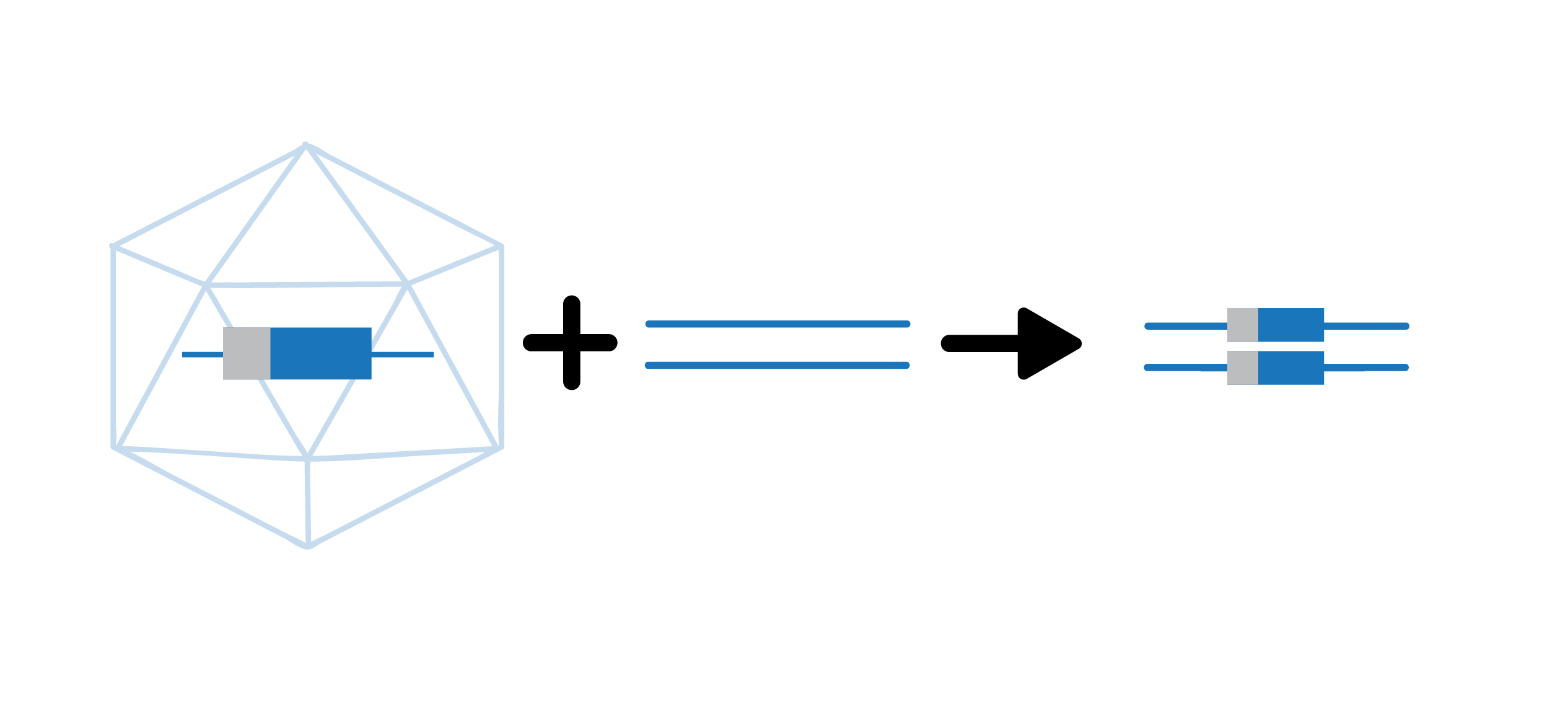Tyler J. Ford is a former Outreach Scientist at Addgene. His professional duties at Addgene included helping maintain the blog (blog.addgene.org), talking to people about Addgene, and improving Addgene's services. His non-professional duties include running, biking, drawing, hiking, playing tennis, reading, and writing.
